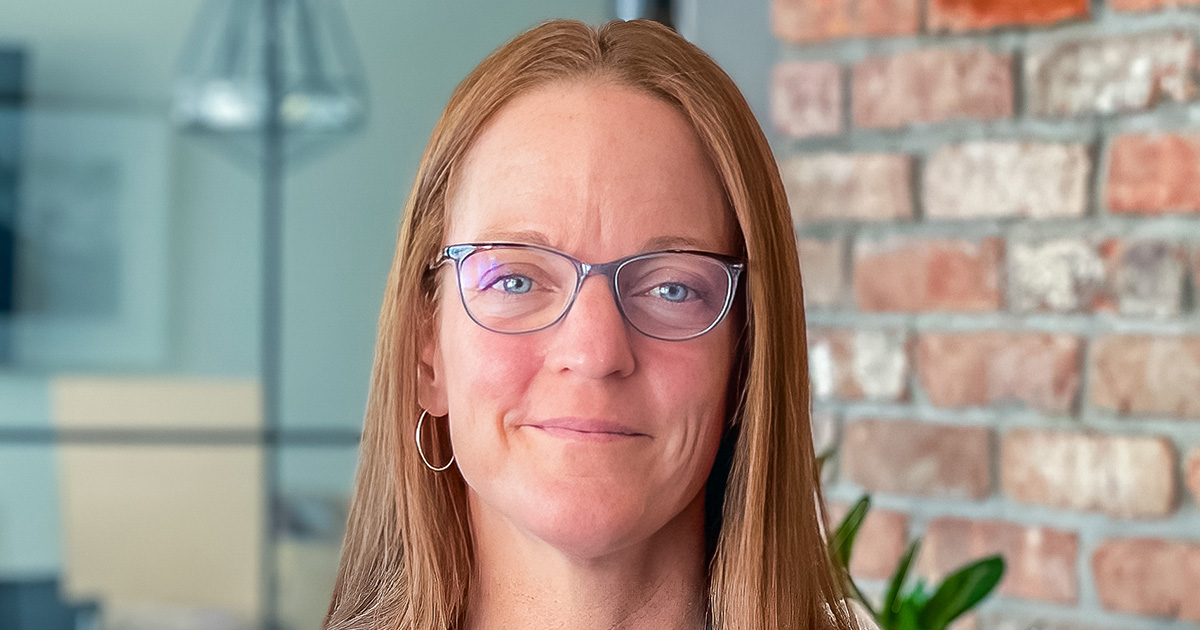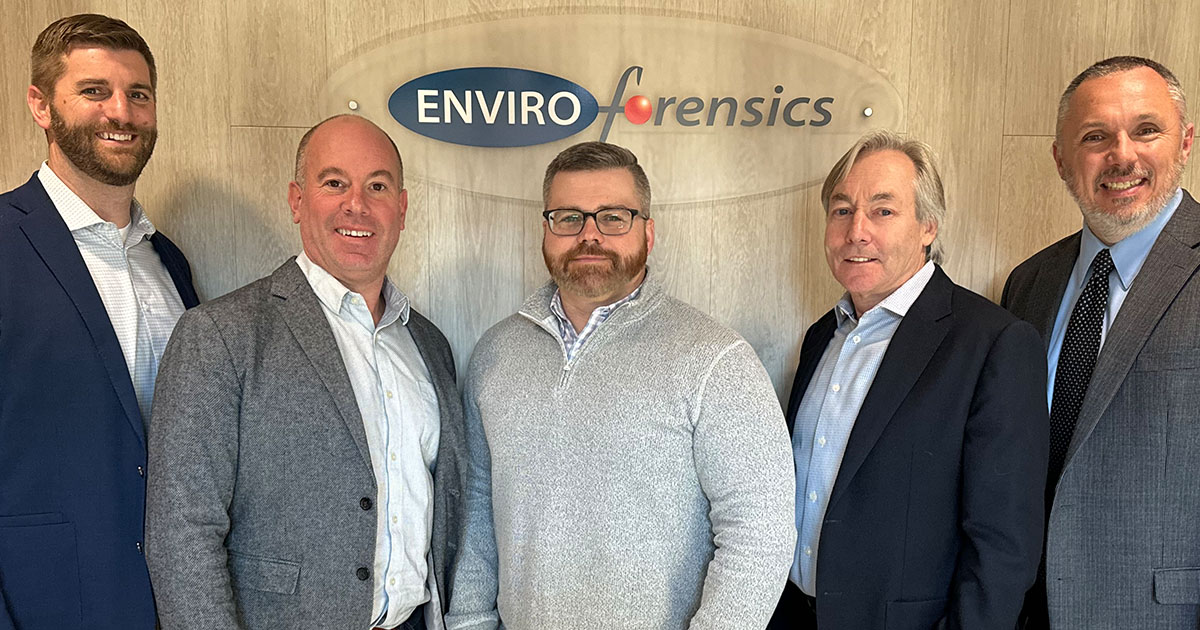Written by Stephen R. Henshaw, President and CEO of EnviroForensics & PolicyFind
As Seen in the March 2014 issue of the Cleaner & Launderer
The environmental remediation industry has been in full swing for the last 35 years, but it has only been in the past few years that the regulatory agencies have come to accept risk-based closures as a practical cleanup strategy. In the recent past, cleanup criteria was established for hundreds of individual chemical constituents for soil, surface water and groundwater. The cleanup criteria was based on the toxicological risks assigned to each of the chemical constituents and then further divided into different land-use scenarios (e.g. residential, commercial, wetlands, etc.)
This process made it easy for people to know what the target cleanup objective would be. That is not to say that there was not frustration over the toxicological science that was used to establish the cleanup criteria, but, because the closure numbers were laid out on a table, it made the discussion with the regulatory agencies black and white.
The true problem stemmed from the fact that it was often impractical, if not physically impossible, to meet the established cleanup standards. Take an example where the cleanup standard for the solvents PCE and TCE in groundwater was 5 µg/L. Often, the remedial technologies selected to reduce the levels of contamination were not even capable of reducing the levels to the established cleanup criteria.
That fundamental fact has lead to practical revisions by the regulatory agencies on how sites could be cleaned up and closed. Many, if not most, state regulatory agencies have moved toward accepting risk-based approaches. As soon as guidance documents officially recognized risk based cleanup approaches, the environmental consulting and legal community aggressively applied these new approaches to every scenario imaginable. Arguments are now being waged whereby consultants adopt strong positions that contamination in soil and groundwater poses little or no risk to humans. Fundamentally, the health risks address whether people are being exposed to the contamination. The potential exposures would include the different pathways that a person (referred to as a receptor) could be exposed to the contamination and include dermal contact, inhalation or ingestion.
The positions consultants are taking include the fact that, because the contaminated groundwater is not being used for drinking water, there should be no drinking water exposure pathway. Because no one would be coming into physical contact with this water, there should be no dermal contact exposure pathway. We know that vapor migration could exist as some chemical constituents (e.g. benzene, PCE and TCE) transition from an aqueous phase into a gaseous phase and can pose an inhalation health risk. We also know that qualified contractors can install vapor mitigation systems that will prevent the gases from entering residential and commercial buildings and thereby prevent the inhalation of vapors as health risk receptors. The argument then becomes, “Because all of the exposure risks have either been ruled out or addressed and there are no identified risks, we should be able to close the site.”
The argument is easy to understand, but practically speaking, it is difficult for the regulatory community to support. In essence, if this logic were applied to most sites, little to no cleanup would be required: the shallow aquifers in most communities would be contaminated and time and Mother Nature would be the only remediators reducing the levels of contamination. Groundwater use restrictions and public ordinances would need to be put in place to ensure that no one used the groundwater for any purpose. Vapor mitigation systems would need to be routinely monitored and air samples would need to be routinely collected to ensure that people were not being exposed to toxic vapors.
This seems simple enough, but the problem is that, left untreated in the source area where the contamination is greatest, these contaminant conditions would persist for decades upon decades. Practically speaking, who would be put in charge of these long, long-term monitoring efforts? The responsible parties would not likely be around. It becomes a management issue. Site closures, which go hand in hand with the long term monitoring, would require assurances that the monitoring will be conducted for generations and future risks mitigated.
But serious problems arise when trying to obtain regulatory closure of the site. If there has been no active remediation, the regulatory agency is going to place a whole lot of restrictions on the project before it will entertain site closure. There will be little incentive for the regulatory agency to work with you to close the site, because they won’t have confidence that the site long-term risks will be managed. If you put yourself in the shoes of the regulatory agency, it is clear that there is little upside for it to close a site that has had no active remediation. For regulators to put their names and professional reputations on the line and trust that the site will never pose a risk to the public is a lot to ask, especially when the consultant asking for the site closure is working so hard not to conduct active remediation.
In the end, site closure is a combination of public relations, science, building trust and showing that the risks will be addressed, forever. Assuming that the responsible party, the party that caused the contamination, starts off as the bad guy, then the key is to convert him or her into a good guy. Having the responsible party understand the regulatory agency’s position is key and leaving a lot of contamination in the ground for generations is not going to endear any responsible party to anyone.
Our company has obtained more regulatory closures of sites contaminated with dry cleaning solvents in the last five years than any other company and we have done this through a combination of staying in front of the regulatory agencies and pushing the project forward, actively remediating source areas and developing a long term strategy that will be protective of human health. These long-term monitoring strategies, known as “continuing obligations and institutional controls” may include setting aside a fund to ensure that the long-term monitoring of the vapor mitigation systems and associated vapor sampling will be conducted, that the land use deed restriction will be enforced and that no one will drink the contaminated groundwater in the future.
Risk based closures are an acceptable remedial strategy and approach, but if you want to advance the site and obtain site closure, the strategy needs to include addressing the source area. If the source area can be cleaned up, then the residual contamination in the down gradient plume can be managed. Regulatory agencies will, more often than not, accept the idea of leaving some contamination in the groundwater and soil, because that is a practical reality. The key is to have that remaining contamination be residual, dissolved and in low concentrations where the natural environment and Mother Nature can actually degrade the contamination over a short time period. Leaving a large mass of contamination in the source area that continues to bleed off over time and where the concentration mass will not be reduced appreciably in human lifetimes leaves a bad taste in the mouth of the regulatory agency and the community. Not addressing the source area and instead making an attempt to put the burden of remediation on the community by instituting drinking water ordinances will be looked at as self-serving. The concept of risk based closures needs to be tempered with actively cleaning up the source area in order to move the cleanup along, keep good relations with the community and secure site closure in a reasonable time frame.
With 30 years of experience, Mr. Henshaw holds professional geology registrations in numerous states. As President and CEO of EnviroForensics, Mr. Henshaw serves as a client and technical manager on projects associated with site characterization, remedial design, remedial implementation and operation, litigation support and insurance coverage matters. He has acted as Project Manager or Client Manager on several hundred projects.
Mr. Henshaw has built a leading edge environmental engineering company that specializes in finding the funding to pay for environmental liabilities. By combining responsible party searches with insurance archeology investigations, EnviroForensics has been successful at remediating and closing sites for property owners and small business owners across the country, with minimal capital outlay from clients.



